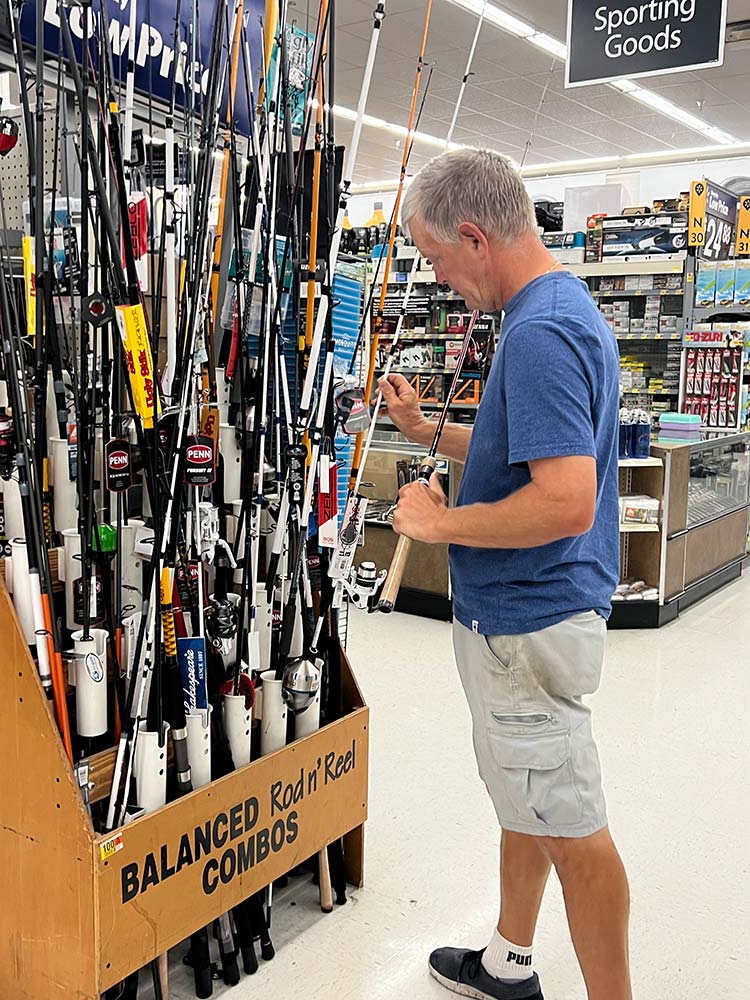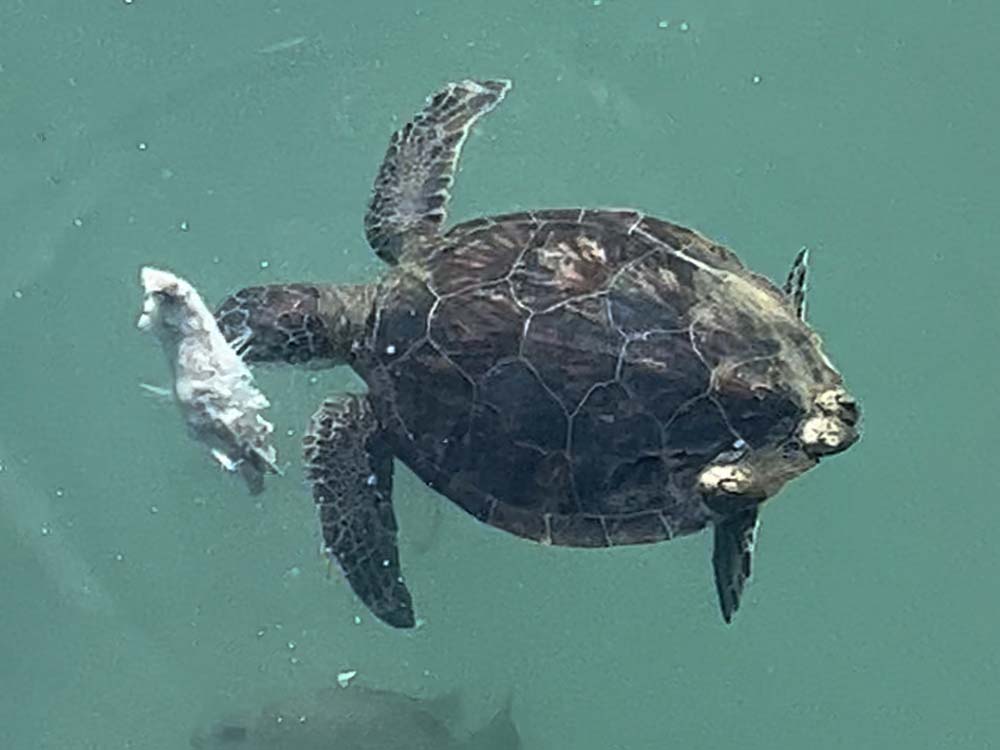A Beginner's Guide to Choosing the Right Fishing Rod and Reel
When it comes to purchasing a fishing rod and reel, the vast array of options can be overwhelming, especially for newcomers to the world of angling. Whether you're a local enthusiast or a vacationer in a fishing paradise like Port Canaveral, Florida, making the right choice can greatly enhance your fishing experience. In this guide, we'll break down the key factors to consider when selecting the perfect fishing gear for your needs.

2. Go for a Combo: If you're just starting out, it's often a good idea to purchase a rod and reel combo. These sets are pre-matched in terms of size and power, eliminating the guesswork and ensuring that your gear is well-balanced.
3. Rod Length and Power: The choice of rod length and power depends on where you plan to fish and your level of experience. For those fishing in ponds, small lakes, streams, bays, and lagoons, a 7-foot medium-light to medium rod is ideal. As you gain more experience, you can explore options like ultra-light rods. However, it's best to avoid them as a beginner.
4. Consider the Environment: If you're fishing in deeper ocean waters, piers, or near rocky structures, opt for a medium-heavy rod. These rods provide the strength needed to wrestle fish out of obstacles or lift them up from piers. Contrary to popular belief, you don't always need heavy-duty equipment when ocean fishing.
5. Line Selection: Choosing the right fishing line is crucial. You'll typically have two options: monofilament (mono) and braided (braid). Braid has a smaller diameter and can hold more line on a spool. For example, 8lb mono is equivalent to approximately 20lb braid. Pay attention to the line range recommended on your rod, as exceeding it can lead to damage or breakage. The smaller the line diameter, the farther you can cast.
6. Reel Size: Reels come in various sizes, typically denoted by numbers like 1000, 2000, 4000, and so on. The larger the number, the bigger the reel. Smaller reels (2000-4000) have smaller spools, which means they can hold less line. To ensure compatibility, check the recommended line range indicated on your rod.
7. Seek Expert Advice: Don't hesitate to visit local bait and tackle shops for personalized recommendations. Experienced staff can provide valuable insights into the best gear for your specific fishing plans and preferences.
In conclusion, choosing the right fishing rod and reel doesn't have to be a daunting task. By considering factors like brand reputation, rod length and power, environmental conditions, line selection, and seeking expert advice, you can make an informed decision that sets you on the path to enjoying the wonderful world of fishing. So, whether you're a Florida local or a vacationer in the Sunshine State, follow these tips to get started on your angling adventure. Happy fishing!!
‹ Back




